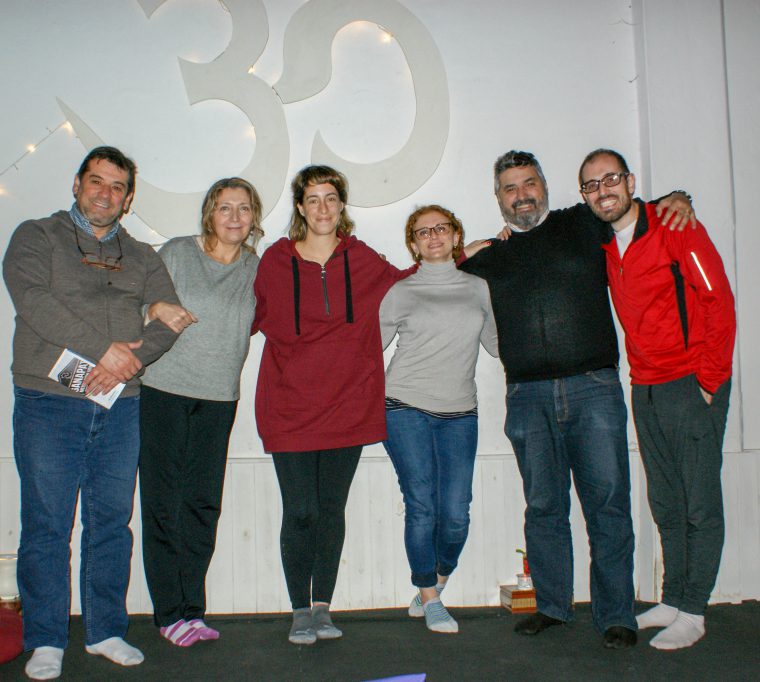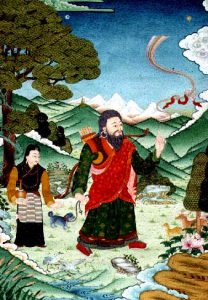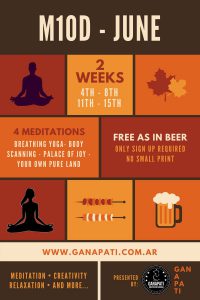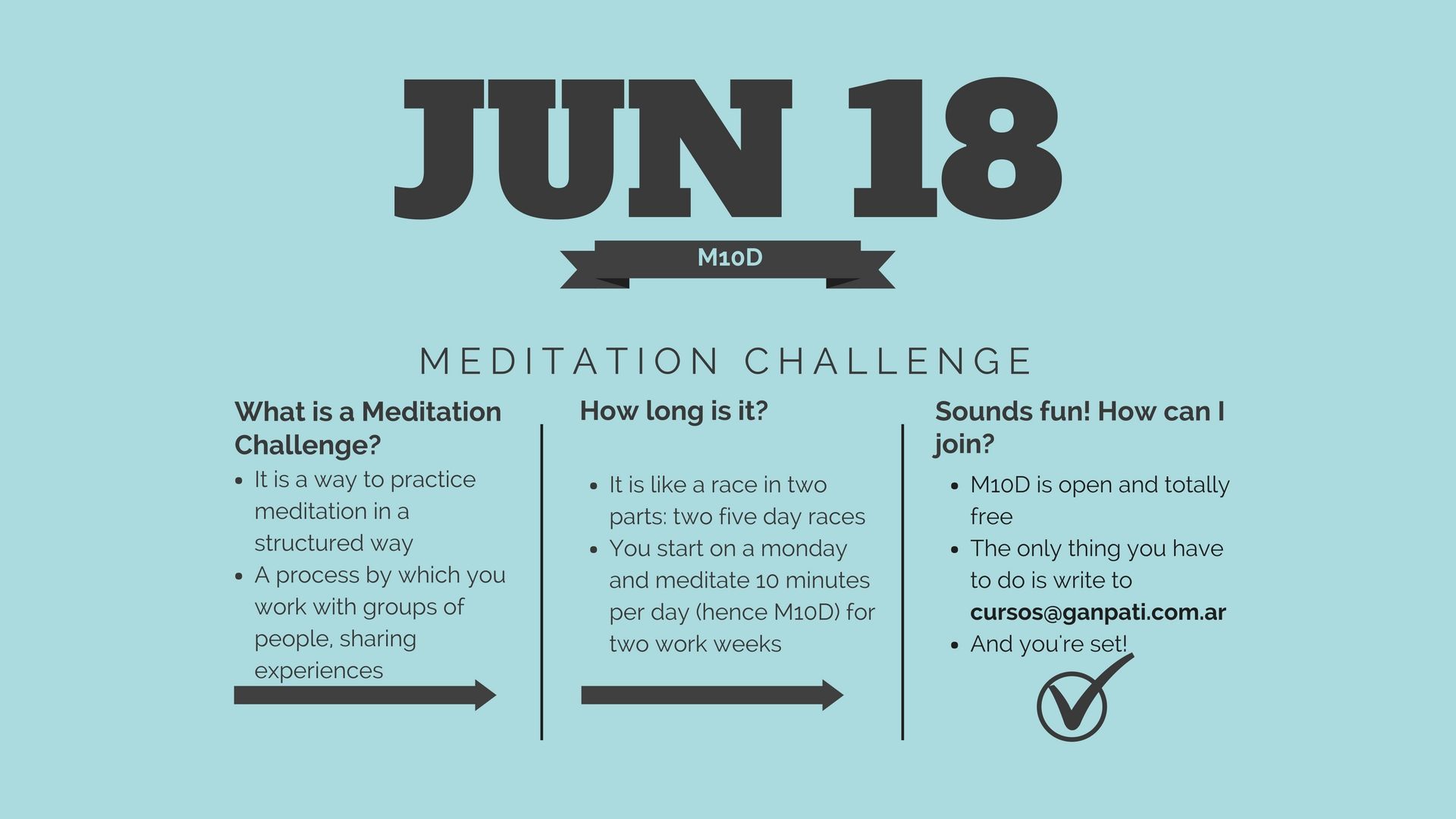
Category Archives: Mindfulness

Meditation and Storytelling
Or the use of Stories as Bridges of experiences

Drukpa Kunley, called “the divine madman”
Perhaps one of the most underrated tools for a Mindfulness teacher is the power of Storytelling. Because when one is teaching meditation, one is trying to convey, through technical language something that resist being reduced to language above and beyond the usual resistance.
Let’s take something more socially common: the experience of falling in love.
Now, I don’t know about you, gentle reader, but when I was young, falling in love was this experience which was at the same time ill-defined and omnipresent, specially going into my teen years. On one hand, it seemed to be the expected thing to do: young people FELL IN LOVE in capitals, reshaping their world invariably for the better. On the other hand, the…let’s call them symptoms, were…worrying. Fluttering butterflies? Pulse Racing? Shortness of Breath? Was that a pleasant, life-affirming sensation or a stroke?
But with time and patience, one learns to recognize the signals and that they’re exaggerated for dramatic purposes. The same happens with meditation: its a lot of complex signals and experiences, which lack a common language that helps mediate and articulate them.
There’s a short anecdote about Borges, the great lover of language. He travels to Japan and meets a living Buddha (I.e. someone who was recognized to be enlightened). So Borges, the consummate writer and poet asks him to describe enlightenment and the monk says the worst thing possible to him: he cannot. He can talk about enlightenment with another Buddha, who will understand him…but not with Borges.
This, of course, drives the great master of language mad and is probably one of his greatest regrets into old age. But this points out to a great problem with language: we need some kind of bridge, beyond the structures of syntax and grammar, that allows experience to be shared.
Stories are that bridge.
Think back to your teen years. Where there stories about falling in love? Anecdotes from an elder sibling, jests between friends, little talks? If you were in a school, or in a less than totally dysfunctional family, there probably were.
We lack that kind of everyday storytelling with meditation: we usually approach it in a more formal framework. And I think that this hurts our ability to integrate it. That’s why stories can help bridge that gap, create a way for experience to be communicated. Be it the bizarre antics of Drukpa Kunley, the story on how Ganesh became elephant headed or a more down to earth story on how we began to meditate in response to a situation, I think that Storytelling is the tool that will help more Mindfulness teachers to communicate.
What are your favorite meditation stories?
Meditation Marathon Retro #M10D
What can you learn from organizing a Meditation Marathon

So…we’ve just finished the #M10D Challenge. This was an exponential challenge, beyond the #M6D by leaps and bounds. And it was incredible! We had people from Japan to the Aleutians, from Sweden to the southern Patagonia here in Argentina. But I also learn a lot about organizing it, and how it differs from the basic #M6D, so I thought that I would put this learning in writing. In case that this is the first article that you read about it, I suggest that you go to the brief explanation that I’ve posted here or to my Youtube channel for more in depth coverage. Also, you might want to refresh the previous Marathons based on #M6D. Also, just for fun, I’m including our playlist at the Present Show
So, first, let’s do an unorthodox retro. Let’s first focus on what has continued and what has changed between the other massive Meditation Marathons that we’ve done, #M6D and this #M10D.
What has remained the same
- The way to practice: you can follow up on your own or do it on a group
- The format: a series of timed meditations, through a series of pre-defined days
- The ways of contact: vía either mail, Facebook, twitter, Instagram or forum (if at IBM)
- The main distribution of people who sign up vs people who do all the practices (which are about a 4-6% of the total signers)
What has changed
- First of all, the number of people who signed up has been much higher than before (8.453 total) from a more diverse range of timezones and countries
- Instead of a single meditation and instruction, we had four different meditations across the ten days
- Daily webcasts so people can join and practice online with us
- More focus on production values: each meditation had a custom-designed flyer, a video in several languages and also audio
So, having said that, let’s go on the Bad, the Good and What We should Try Next
The Bad
- This was, actually, exhausting. Even with a small group of people helping me, the sheer volume of mails and questions meant that I spent about 3-4 hours more per day that I had planned, so the last days I was running basically on empty.
- The lack of segmentation that this meditation presupposes had an advantage: large number of signers. But it also made upkeep very time consuming, since it means that every meditation should at least be recorded, edited, exported, etc…at least four times.
- A running issue through all Meditative Marathons and also Workshops is the low adhesion to the habit of Mindfulness, usually less than 10%. This is an improvement from the usual rates of 1-2% adhesion bandied about, but still, need improving.
The Good
- Great response from everyone who wrote about the meditations and the way they ramped up on complexity.
- A lot of good questions and follow up, which allows me to fine tune the next iteration
- It was super fun to be in a lot of live shows at the internet.
What should we try in the next iteration
- Having an established group of helpers who’ve had gone through the #M10D. So, basically, I need to come up with an M10D Facilitator Training
- I need to work on something that helps to keep up the commitment
- Also, I need to segment the way of getting the practices, so instead of producing a meditation in various languages across various media, I can cut the workload. For that and the previous point, I think that an app should be the way to go. I’ll think about it.
- As the last point: we’ve already got sponsorship from programs and corporations. I think we need to get serious and start talking government and education sponsorship and overview.
So…those are my points for the M10D. As you can see, they suggest a roadmap for what remains of the year. What do you think of it? Have I missed something?
F
#M10D Explicación








#M10D brief explanation








